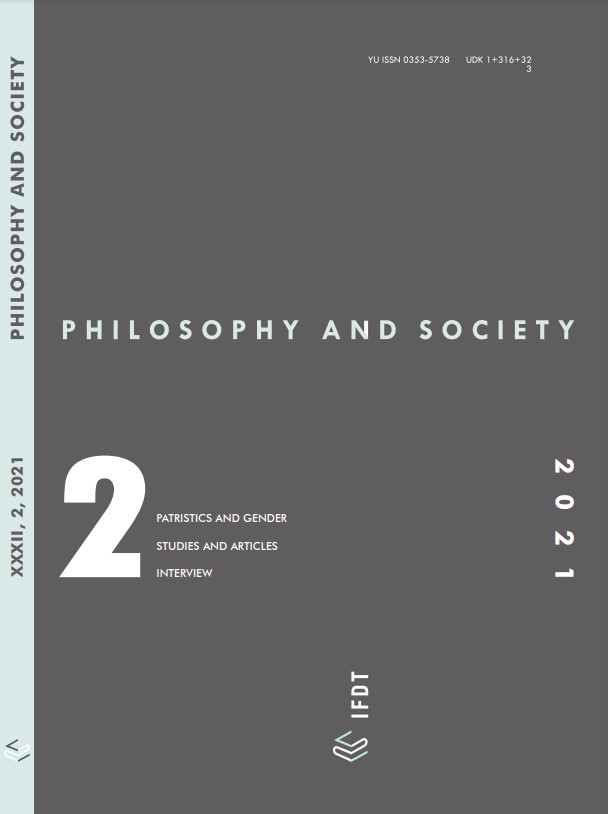Sex, Gender and Christian Identity in the Patristic Era
Sex, Gender and Christian Identity in the Patristic Era
Author(s): Vladimir CvetkovićSubject(s): Christian Theology and Religion, Gender Studies, Gender history
Published by: Institut za filozofiju i društvenu teoriju
Keywords: gender; sex; Christian identity; martyrdom; virginity; ecstasy; love; marriage
Summary/Abstract: Focusing on three historical examples of a different understanding of Christian identity, the paper seeks to address the role of contemporary concepts of sex and gender in the creation of Christian identity. In the first case study, focused on the literary representations of the Christian martyrdom from the second and third centuries, special emphasis is placed on the demand for the ‘manly’ or ‘masculine’ way of witnessing faith. The second historical example relates to the creation of a wider ascetic movement in the fourth-century Asia Minor, and its specific focus is on Macrina the Younger. In her Vita, Gregory of Nyssa distinguishes between Macrina’s gender identity based on her virginity on the one hand, and her social role as a widow, and ‘mother’ and ‘father’ of her monastic community on the other. Finally, the focus is shifted towards Dionysius the Areopagite and Maximus the Confessor, whose teachings about ecstasy, as a way to transcend oneself in the movement towards the loved one, provide the basis for establishing a theology of marriage and creating a Christian identity based not on sexual or gender roles, but on the uniqueness of human nature.
Journal: Filozofija i društvo
- Issue Year: 32/2021
- Issue No: 2
- Page Range: 162-176
- Page Count: 15
- Language: English

